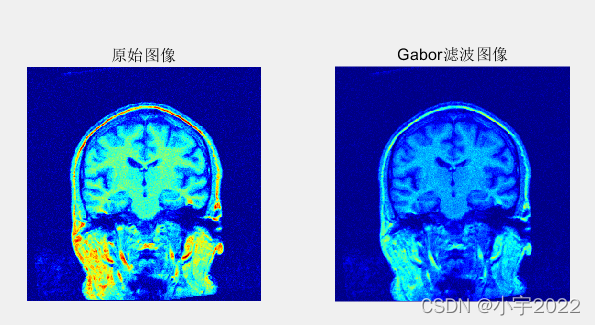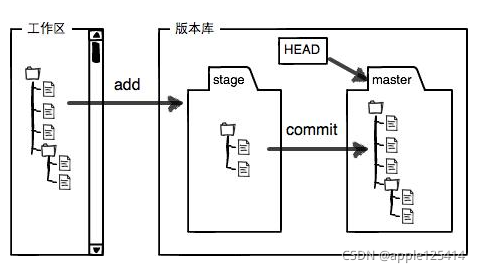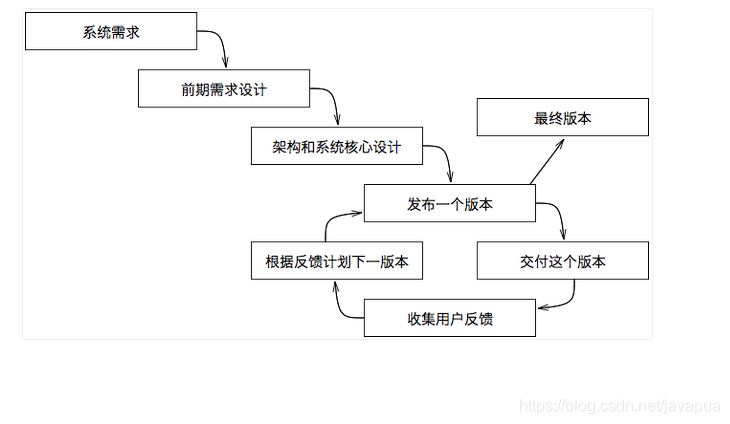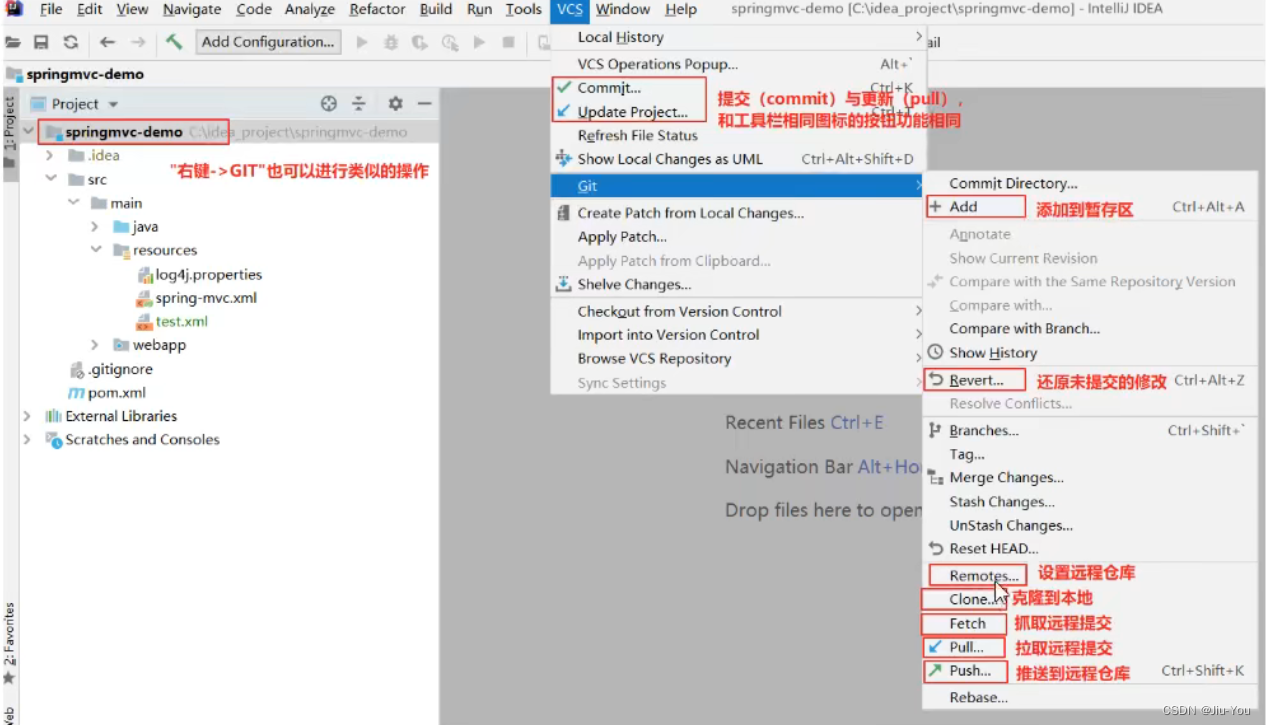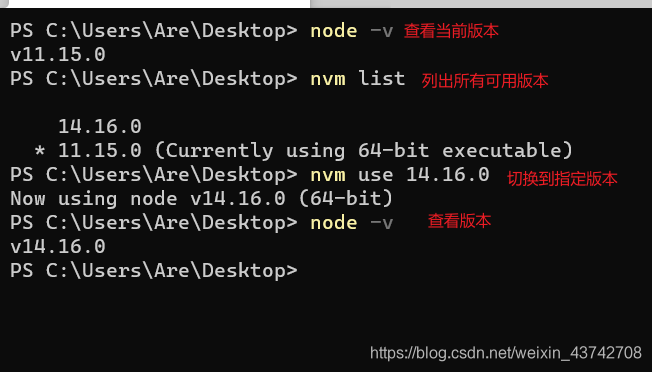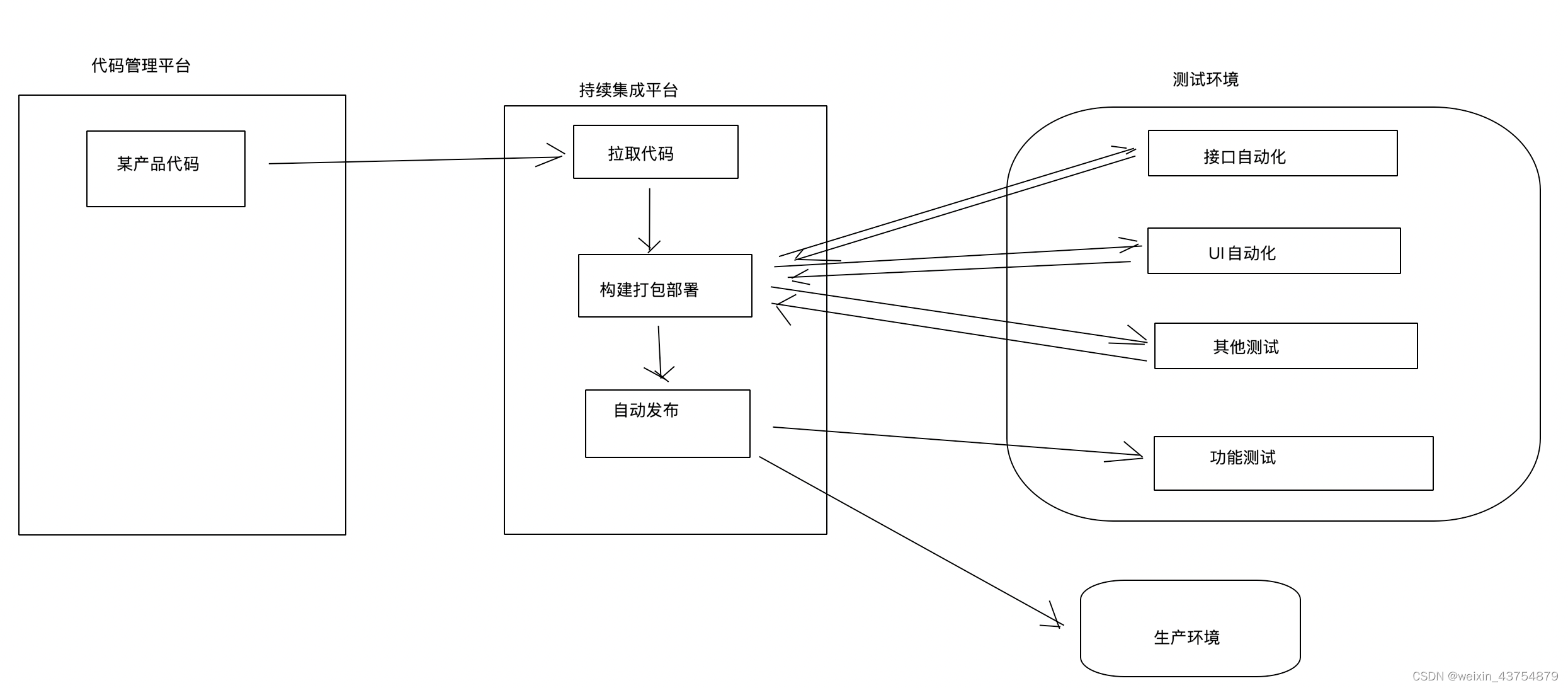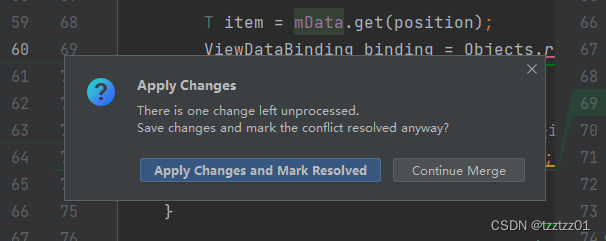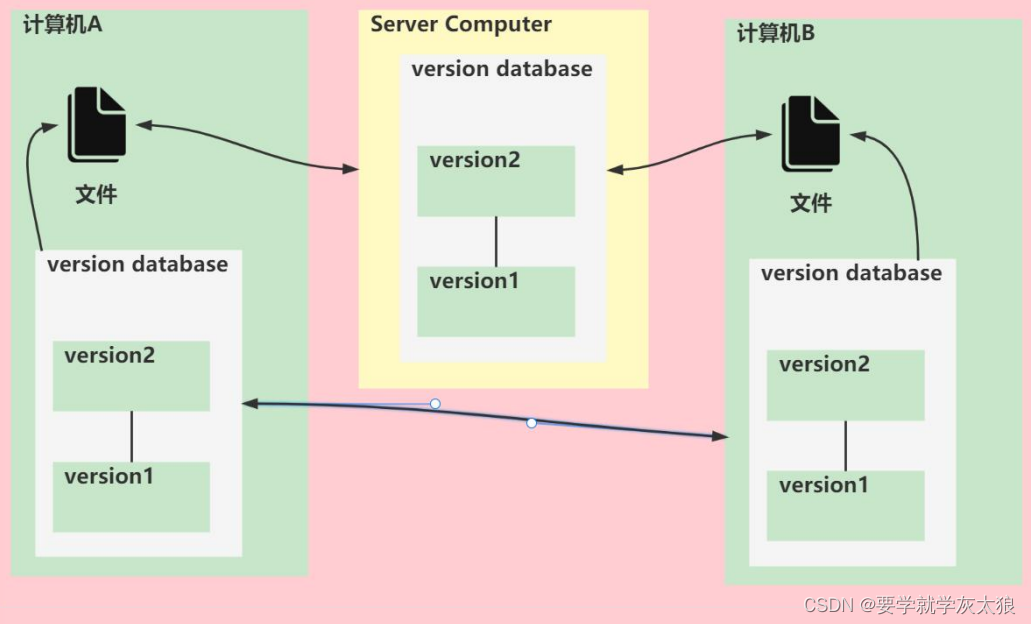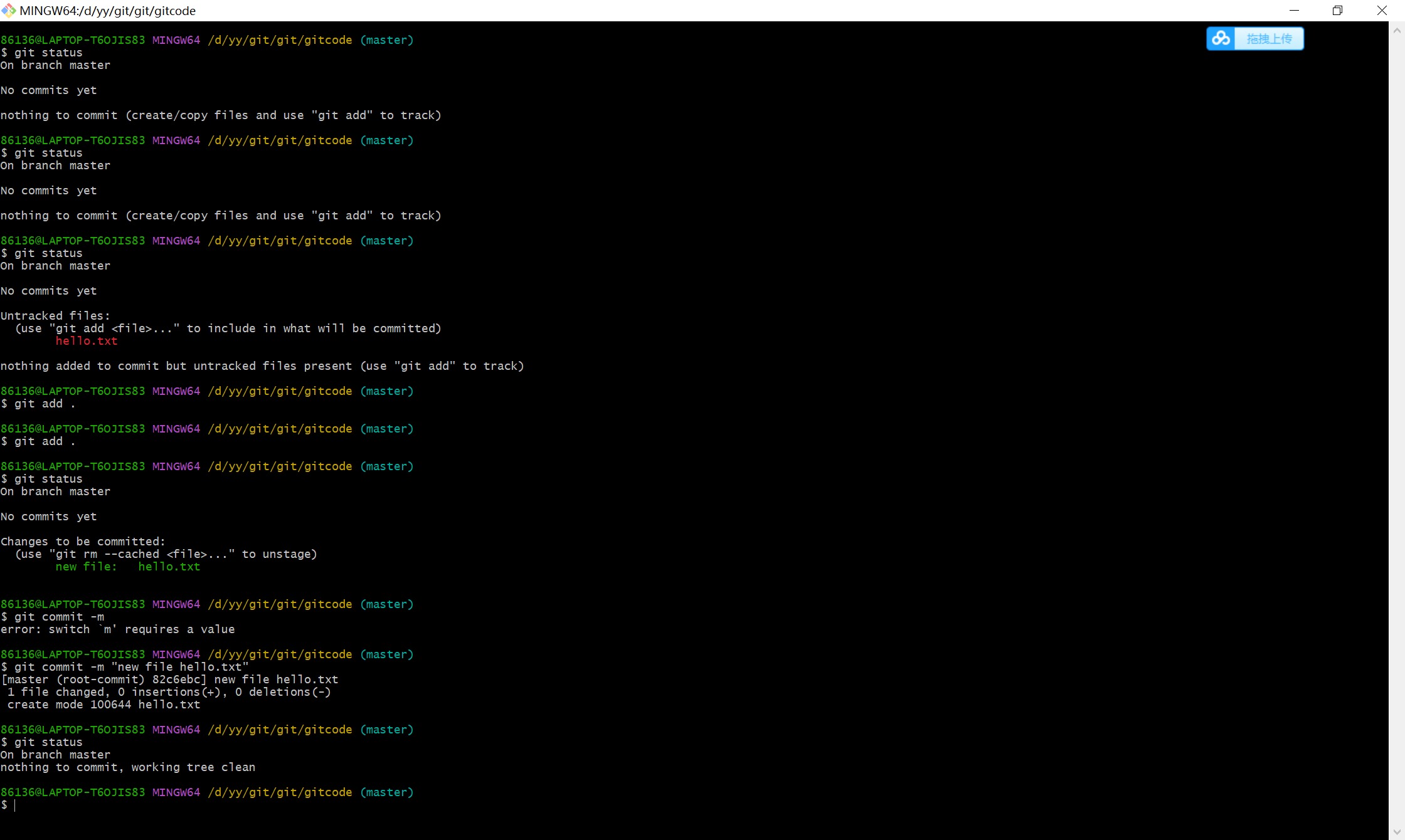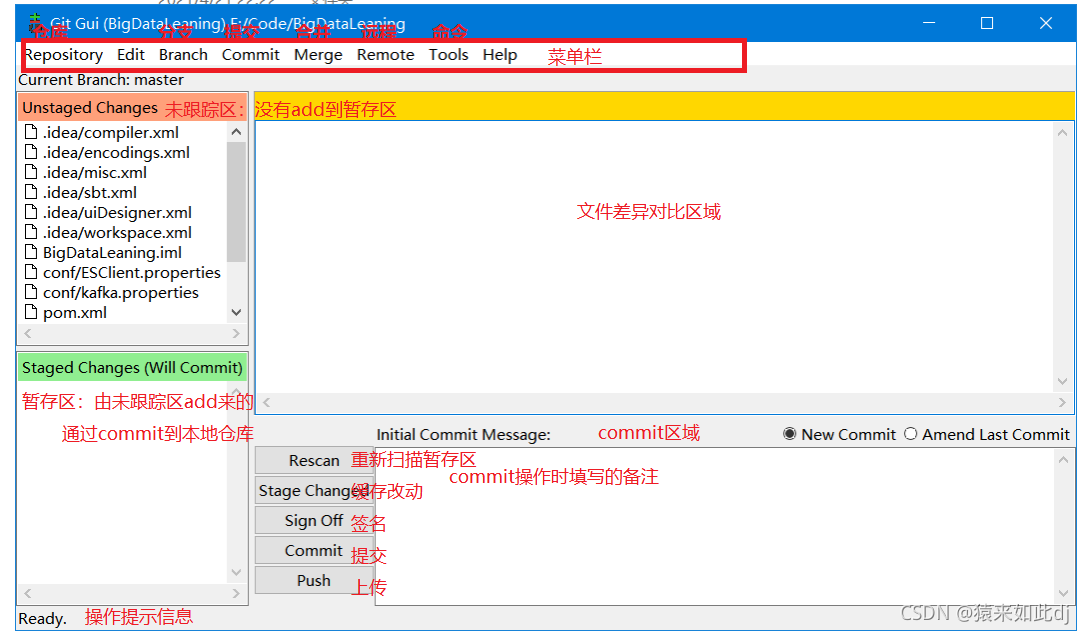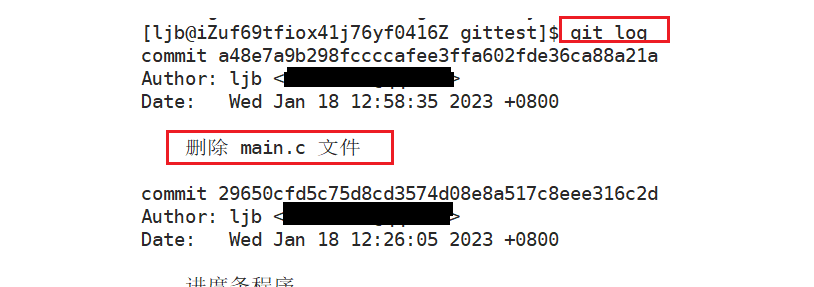如果过滤器g可以表示为两个向量grow和gcol的乘法,则称为可分离过滤器。使用一维滤波器将二维滤波器的计算复杂度从O(M^2 N^2)降低到O(2M N^2),其中M和N分别是滤波器掩码和图像的宽度(和高度)。
在this stackoverflow link中,我在空间域中编写了Gabor滤波器的等式,然后我编写了一个matlab代码,用于创建64个gabor特征。
根据可分离滤波器的定义,Gabor滤波器与图像轴平行 - theta = k*pi/2 where k=0,1,2,etc.。所以如果theta = pi / 2 ==> this stackoverflow link中的等式可以改写为:

注意: theta可以扩展为相等k*pi/4.通过与this stackoverflow link中的等式进行比较,我们可以考虑f= 1 / lambda。
通过更改this stackoverflow link中的先前代码,我编写了一个matlab代码,通过使用上面的等式使Gabor过滤器可分离,但我确信下面的代码不正确,尤其是在我初始化时gbp和glp等式。这就是我需要你帮助的原因。非常感谢你的帮助。
现在让我们看看我的代码:
function [fSiz,filters1,filters2,c1OL,numSimpleFilters] = init_gabor(rot, RF_siz)
image=imread('xxx.jpg');
image_gray=rgb2gray(image);
image_gray=imresize(image_gray, [100 100]);
image_double=double(image_gray);
rot = [0 45 90 135]; % we have four orientations
RF_siz = [7:2:37]; %we get 16 scales (7x7 to 37x37 in steps of two pixels)
minFS = 7; % the minimum receptive field
maxFS = 37; % the maximum receptive field
sigma = 0.0036*RF_siz.^2 + 0.35*RF_siz + 0.18; %define the equation of effective width
lambda = sigma/0.8; % it the equation of wavelength (lambda)
G = 0.3; % spatial aspect ratio: 0.23 < gamma < 0.92
numFilterSizes = length(RF_siz); % we get 16
numSimpleFilters = length(rot); % we get 4
numFilters = numFilterSizes*numSimpleFilters; % we get 16x4 = 64 filters
fSiz = zeros(numFilters,1); % It is a vector of size numFilters where each cell contains the size of the filter (7,7,7,7,9,9,9,9,11,11,11,11,......,37,37,37,37)
filters1 = zeros(max(RF_siz),numFilters);
filters2 = zeros(numFilters,max(RF_siz));
for k = 1:numFilterSizes
for r = 1:numSimpleFilters
theta = rot(r)*pi/180;
filtSize = RF_siz(k);
center = ceil(filtSize/2);
filtSizeL = center-1;
filtSizeR = filtSize-filtSizeL-1;
sigmaq = sigma(k)^2;
for x = -filtSizeL:filtSizeR
fx = exp(-(x^2)/(2*sigmaq))*cos(2*pi*x/lambda(k));
f1(x+center,1) = fx;
end
for y = -filtSizeL:filtSizeR
gy = exp(-(y^2)/(2*sigmaq));
f2(1,y+center) = gy;
end
f1 = f1 - mean(mean(f1));
f1 = f1 ./ sqrt(sum(sum(f1.^2)));
f2 = f2 - mean(mean(f2));
f2 = f2 ./ sqrt(sum(sum(f2.^2)));
p = numSimpleFilters*(k-1) + r;
filters1(1:filtSize,p)=f1;
filters2(p,1:filtSize)=f2;
convv1=imfilter(image_double, filters1(1:filtSize,p),'conv');
convv2=imfilter(double(convv1), filters2(p,1:filtSize),'conv');
figure
imagesc(convv2);
colormap(gray);
end
end

